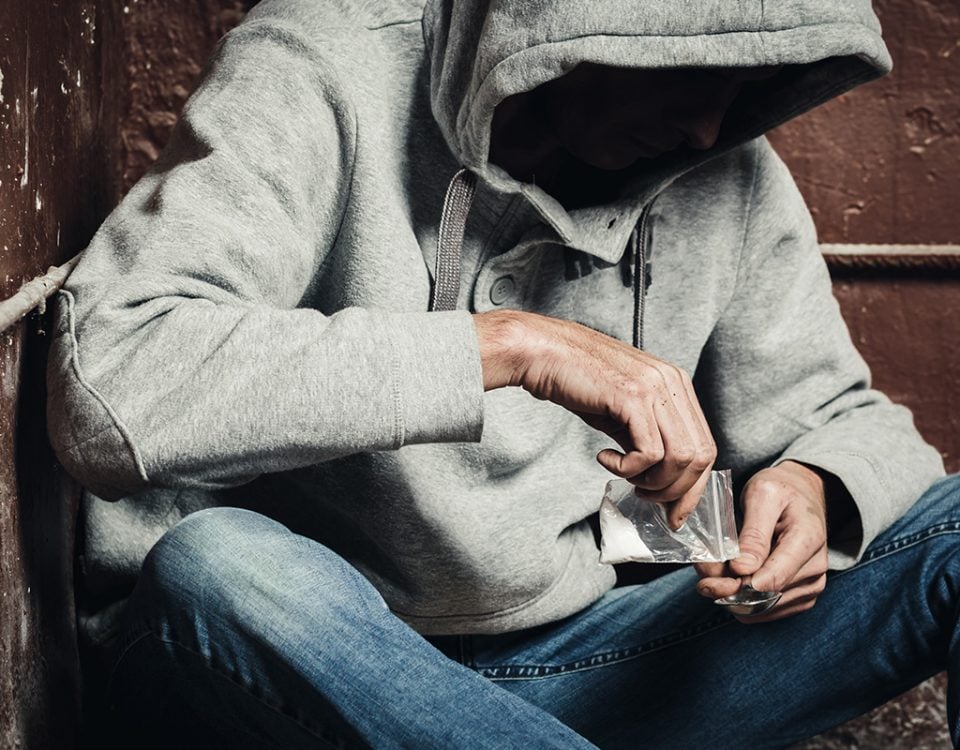What is hashish? Hash or hashish refers to a potent form of cannabis that’s produced by collecting and compressing trichomes, which are the most potent ingredients from cannabis plants. Trichomes are fine growths on cannabis plants that produce sticky resin material. Hashish contains nearly the same ingredients as marijuana, except for a more concentrated form of THC. Due to this, it’s safe to say that hashish effects are more intense than marijuana’s, and if you’ve ever thought about using this drug, you should read what we found first.
How Is Hashish Made And Used?
The hashish drug is a reddish-brown-to-black colored resin made from the cannabis plant. It’s then dried and pressed into small blocks. The resin used to make hashish contains higher concentrations of THC than marijuana. THC (tetrahydrocannabinol) is the main psychoactive ingredient in cannabis that produces the high that users experience when they smoke or eat it.
This mind-altering ingredient is responsible for the hallucinations, relaxation, and other psychological effects that users experience while high on weed. As with marijuana, people who use hashish may experience euphoria and relaxation. Other common effects range from heightened senses to disturbing hallucinations.
Hashish concentrates or pieces of a block are usually smoked in a pipe, bong (water pipe), or a vaporizer (vape pen). Like marijuana, hashish chunks may also be rolled into “blunts” or “joints” with marijuana or tobacco or baked into food and drunk as tea. Many marijuana and hashish users prefer to use e-cigarettes or dabbing (vaping) because it’s odorless and easy to carry around.
There are also different types of hashish, each of which varies in potency and ingredients:
- Dry sift
- Chars
- Moroccan hash
- Pakistani hash
- Rosin
- Bubble hash (or “ice water”)
- Shatter (also known as “Wax” and “Budder”)
Questions about our Facilities or Programs?
Our admissions coordinators are available 24/7 to answer any questions you may have as you consider whether treatment at Banyan is right for you or your loved one.
Common Hashish Effects
Because hashish contains higher concentrations of THC than marijuana, it’s safe to assume that its side effects are more intense than those from marijuana. The THC in hashish is absorbed into fatty tissues in the organs. Generally, traces of THC remain in the body longer than the effects of the drug last because of how it’s absorbed in the body.
In chronic hashish users, the drug may be detected in drug tests for weeks after their last use. The percentage of THC in marijuana has increased from 4% in 1998 to over 15.5% in 2018, so you can only imagine how concentrated hashish is in THC.1
With that said, the effects of hashish are still being explored. Based on the available evidence and the effects of marijuana, common hashish effects may include:
- Problems with memory and learning
- Sedation
- Confusion
- Impaired judgment
- Impaired coordination and movement
- Increased heart rate
- Anxiety
- Panic attacks
- Hallucinations
The long-term effects of hashish are still being explored, but considering that hashish is a more potent version of weed, we can piggyback off the latter’s long-term symptoms. Long-term effects of hashish include, but are not limited to:
- Paranoia and anxiety
- Alterations in heart rate and blood pressure
- Respiratory problems
- Daily cough and phlegm
- Symptoms of chronic bronchitis
- Increased risk of chest colds
- Increased risk of pneumonia
- Exposure to toxins and tar (also found in some marijuana products)
- Impaired memory, judgment, and perception
- Impaired learning and attention skills
Some types of hashish, like Shatter hashish, are made with various toxins. Shatter hashish is made with butane, propane, and carbon dioxide (CO2) to extract larger quantities of cannabinoids and terpenes from marijuana. However, if these chemicals aren’t purged from the final product correctly, they can be toxic and extremely volatile.
Is Hashish Legal?
Hashish has long been considered a delicacy among marijuana users, and it only grows more popular as time passes. Some states have legalized marijuana over the years, some for medical uses only, and others for both recreational and medical uses. Cannabis is illegal in states like Georgia, Idaho, and Indiana. However, relaxed laws on marijuana use in the U.S. pose the question: what about hash?
To be clear, the use, sale, and possession of marijuana that contains over 0.3% of THC are illegal in the U.S. Cannabis that contains over 0.3% of THC is considered to have no medical use and potential abuse and dependence. Considering these restrictions, hashish is illegal in the U.S. because of its high concentrations of THC.
Getting into treatment is easy with our free insurance verification
"*" indicates required fields
Help for Drug Abuse
While many support the use of drugs like marijuana and hashish, many risks come with their use. Not only do they produce various psychological and physical side effects in their purest forms, but weed and hash that’s sold on the streets are often laced with other substances to make them heavier and more addictive.
Hashish and weed also fall into the gateway drugs category, and people who often start with these drugs progress into stronger ones. If you or someone you care about is struggling with drug abuse, don’t hesitate to reach out for professional addiction treatment.
Our Heartland drug rehab offers inpatient substance abuse treatment in Illinois for all kinds of drug use disorders that could help you or your loved one. From withdrawal treatment to individual and group therapy programs, we offer everything clients need to overcome any psychological or physical challenges of recovery.
For more information regarding our Heartland detox programs or treatment programs, contact Banyan Treatment Center today at 888-280-4763.
Source:
1. NCBI - Changes in Cannabis Potency Over the Last Two Decades (1995-2014) - Analysis of Current Data in the United States
Related Reading:
“Yaba” Dabba Don’t: A New Drug to Watch Out For
What Is Loud Weed?









